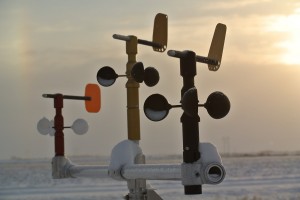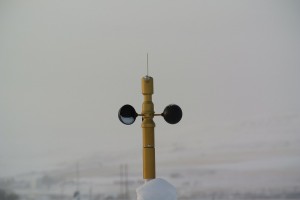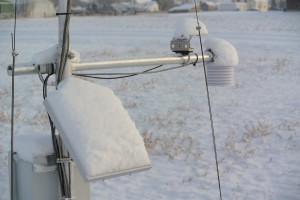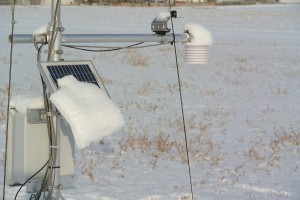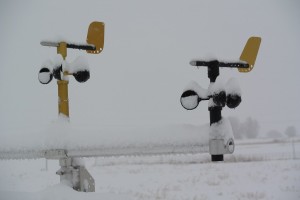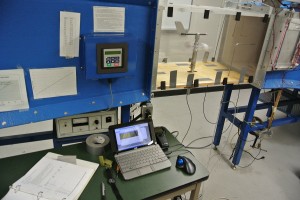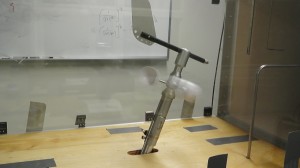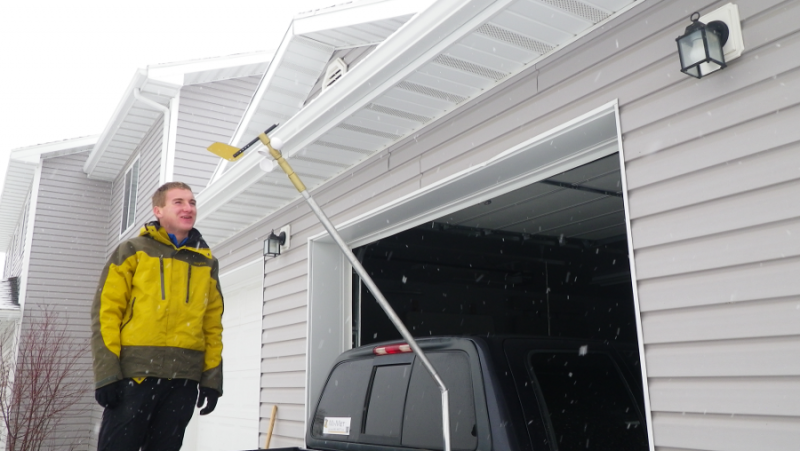Alternative Weather Stations
Weather has been around a long time. In fact, the first precipitation fell to the earth about 4.5 billion years ago and likely included high concentrations of iron. (For those with pocket protectors, that was intended to be humorous.)
Measurements of temperature and weather conditions have evolved as our technical sophistication has increased. Today, there are many companies making instruments that measure and record many different climate, weather, and natural resource parameters. The problem for the weather consumer, though, is navigating the gap between two weather instrumentation price extremes. (Which is why you’re going to love Dyacon, but we’ll get to that in a minute.)
Highly Technical and Über-Scientific Weather Instrumentation Companies
While they haven’t been around as long as the first precipitation, companies like Campbell Scientific, Vaisala, RM Young, Sutron, Luft, and others are well established organizations. Although the weather instruments available from these companies is extensive, installing and programming a weather station built on these components is typically beyond the skill (or interest) of most users. In general, these stations require trained field technicians and application engineers to get the system up and running, as well as to keep it maintained. Such solutions leave the user dependent on the reseller or manufacturer to update and maintain the system.
Low-Cost (Cheap) Weather Instrumentation Companies
Some companies, such as Davis Instruments and Oregon Scientific, have focused on low-cost weather instruments, often made in countries with very low labor costs. Such instruments will seem to be less expensive than alternatives, but the costs and frustrations can add up as users are left to replace components (or the whole system) over short amounts of time.
Frustratingly, buyers of weather stations are typically left to choose between a low-cost (read: cheap) weather station from a department store or a very high-cost scientific instrument that may require a government grant to buy.
The Perfect Middle Ground: Dyacon Weather Instruments
Dyacon offers an alternative weather station system that uses high-end instrumentation elements in an integrated, easy to use package. Weather stations from Dyacon are lower cost than “research-grade” solutions and are superior to department store instruments. Dyacon stations are shipped preconfigured, with no programming required. If you can install a home light switch and set the clock on your microwave, you have what it takes to install, expand, and maintain a Dyacon weather station.
Dyacon weather stations are designed and manufactured in the US to meet the needs of those who need reliable weather data in a cost effective, practical solution.
Feel free to drop us a note or give us a call if you have any questions.
Eugene

